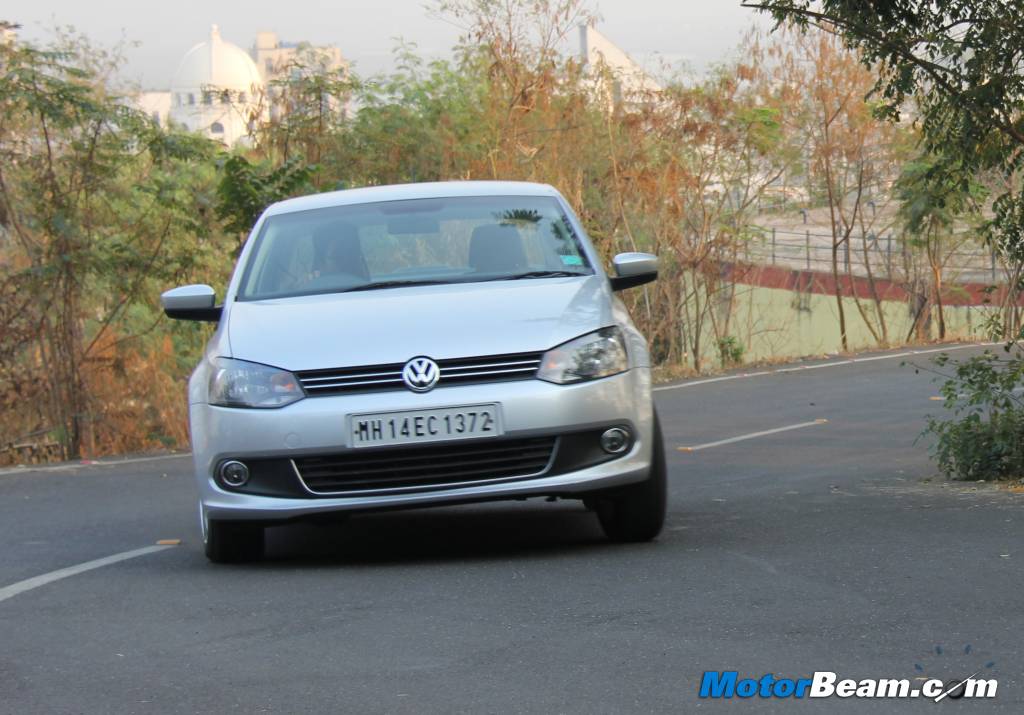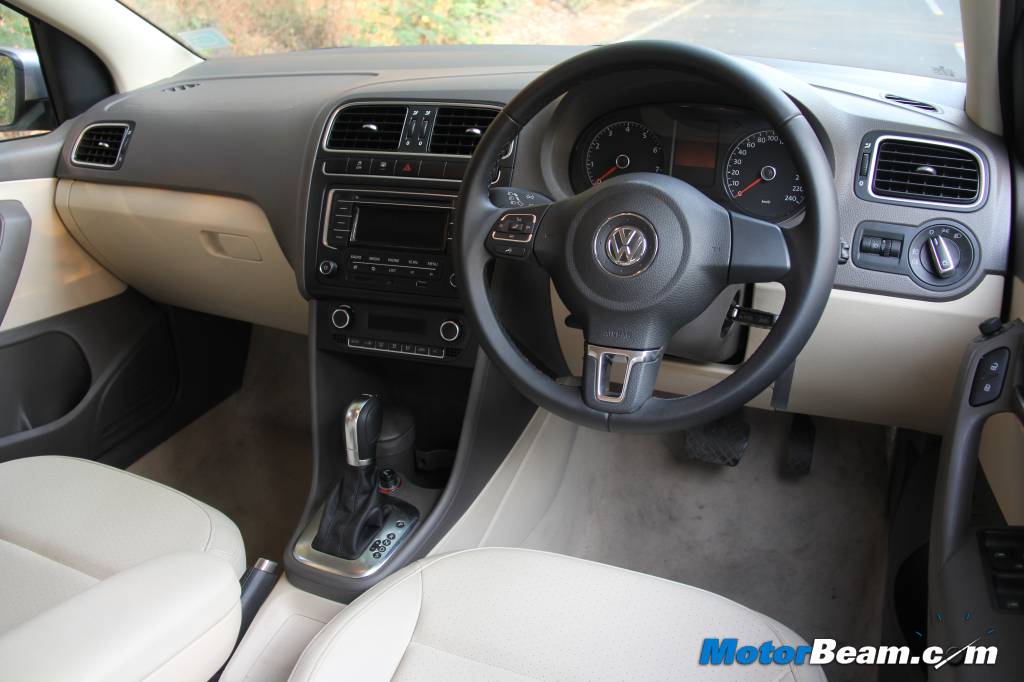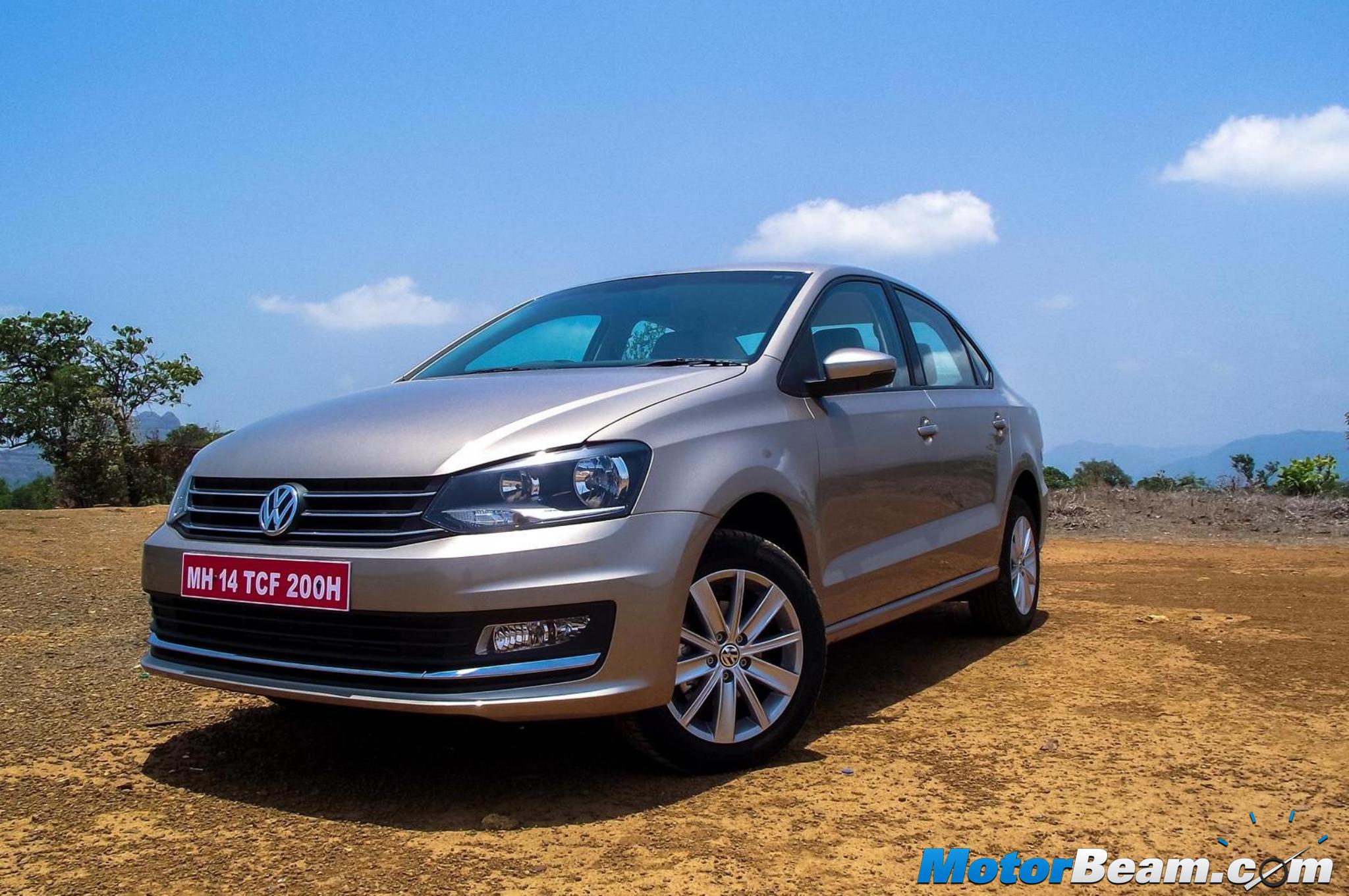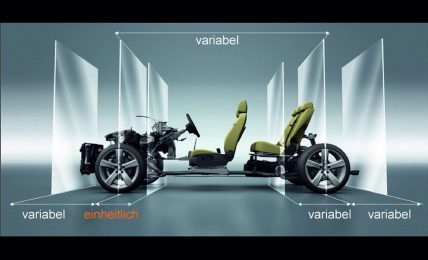Automated Manual Transmission aka AMT is the flavour of the year. What debuted first in the Maruti Suzuki Celerio will soon find its way into an array of cars. AMT is not a conventional automatic but a cost effective way of offering convenience to buyers, saving them the task of shifting gears. Instead of a torque converter, an AMT box has an ECU which operates the clutch and changes gear. This does result in jerky shifts at time and a lack of grunt but the advantages far outweigh the negative. An AMT is not only cheaper but also returns the same mileage as its manual counterpart.
Volkswagen is the big daddy when it comes to automatic transmissions although reliability of their DSG units are much debated. The DSG transmission is a dual-clutch box and thus the cost of the same is significantly higher too. In order to appeal to the mass market, Volkswagen is now planning to equip its Polo and Vento with non-DSG gearbox. This will enable the company to offer cost effective automatics in the Indian market and benefit from the shift towards automatic transmission cars in urban cities of the country.
While a traditional automatic costs Rs. 90,000/- more than the manual offering, the AMT comes at half the price, coming at an additional Rs. 45,000/- (as seen on the Celerio). A DSG box is more expensive and Volkswagen will certainly find lots of takers for their non-DSG equipped Polo and Vento (as they will be cheaper than DSG). Till now, the cheapest diesel automatic in the country is the Hyundai Verna but Tata Motors has made it very clear that it plans to offer AMT in the diesel Zest. Volkswagen will also bring automatic to its diesel Polo and Vento with the upcoming 1.5-litre diesel engine being also paired to a 5-speed auto box.






